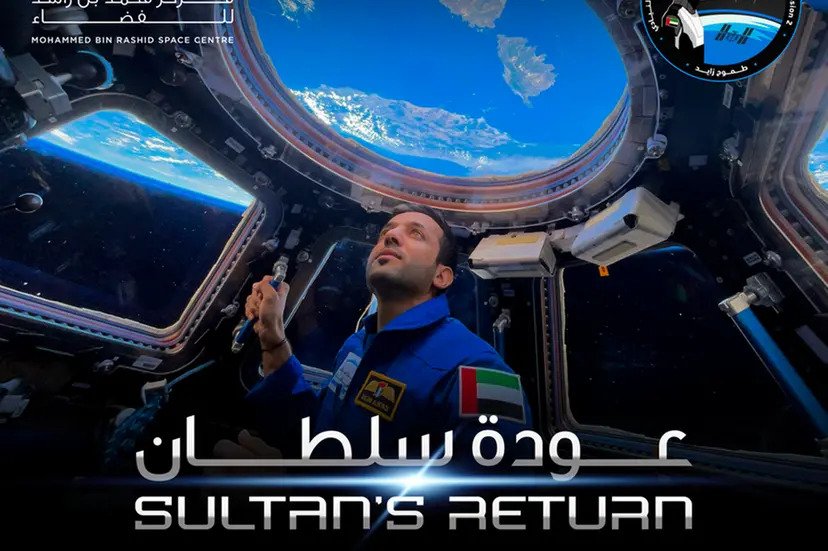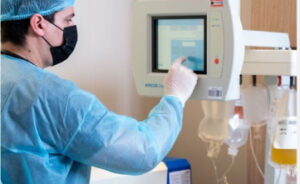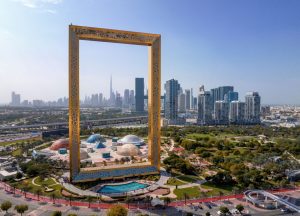Dubai, UAE – Sultan AlNeyadi, along with his international crewmates, is set to return to Earth on September 3 after spending 6 months aboard the International Space Station, Mohammed Bin Rashid Space Centre (MBRSC) announced on Wednesday.
This is the longest Arab space mission in history.
AlNeyadi, joined by NASA astronauts Stephen Bowen and Warren Hoburg, as well as Roscosmos cosmonaut Andrey Fedyaev, will depart the ISS aboard the SpaceX Crew Dragon spacecraft Endeavour on September 2. Their journey will lead them to a splashdown off the coast of Tampa, Florida in the Gulf of Mexico, where their return to Earth is anticipated.
As the return sequence unfolds, meticulous checks are in place to ensure safety and precision. The Dragon spacecraft will autonomously undock from the ISS and perform departure burns to distance itself from the orbital laboratory. Subsequent orbit-lowering maneuvers may be conducted to align the spacecraft’s trajectory with the desired landing site. The flight computer will jettison the trunk to reduce mass before the deorbit burn, a 12-minute event that initiates the re-entry process.
Re-entry into Earth’s atmosphere will subject the spacecraft to intense heating and drag, effectively slowing its velocity to a safe level for parachute deployment. This will entail a sequence of parachute releases, including two drogue parachutes at 18,000 feet and four main parachutes at 6,500 feet, ultimately leading to a gentle splashdown off the coast of Tampa.
AlNeyadi’s 6-month sojourn in space marked a groundbreaking chapter in Arab space exploration. Collaborating with international space agencies and prestigious universities, he participated in over 200 experiments spanning diverse fields such as plant genetics, human life sciences, exploration technology, and material science., AlNeyadi achieved the distinction of becoming the first Arab astronaut to complete a spacewalk, reinforcing his place in history.
Throughout the mission, AlNeyadi engaged in 19 educational and community outreach events titled “A Call from Space.” These events facilitated live video calls and ham radio sessions, connecting him with over 10,000 individuals from diverse backgrounds.
As the final phase of this historic mission approaches, the Crew-6 team is engaged in a seamless handover with the incoming Crew-7 astronauts, who successfully docked and entered the ISS on August 27.
This endeavor is part of the UAE Astronaut Programme, a cornerstone of the UAE’s National Space Programme funded by the ICT Fund of the Telecommunications and Digital Government Regulatory Authority (TDRA). The programme serves to drive research and development in the ICT sector, enhancing the UAE’s global integration and technological prowess.







